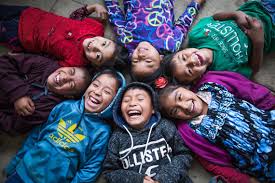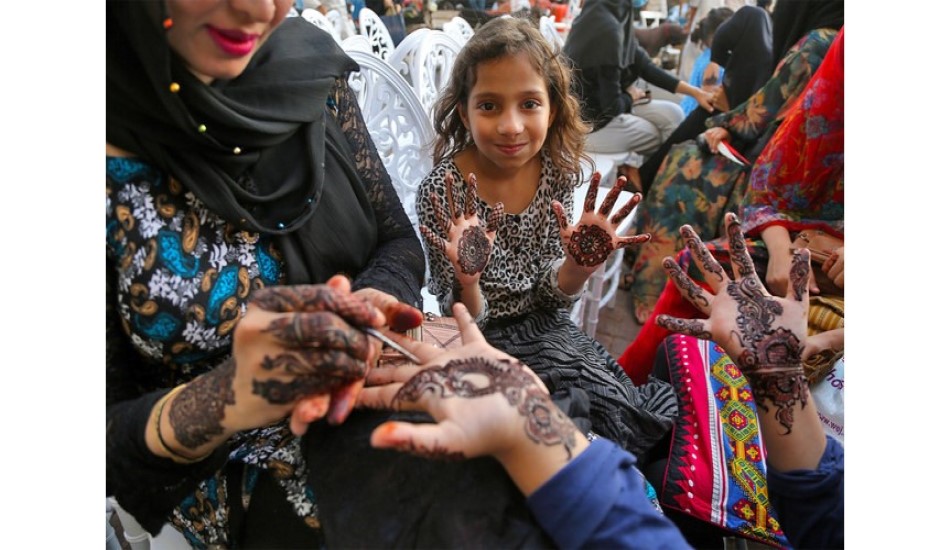Strengthening Women in Pakistan’s political circle remains an urgent and extraordinary undertaking. Conquering verifiable difficulties and cultural obstructions, women in Pakistan are progressively making their voices heard in legislative issues. Regulatory measures, the development of influential female pioneers, and a developing consciousness of the significance of orientation and comprehensive administration have driven this change. In this conversation, we will investigate the steps made in engaging female voices in Pakistani legislative issues, the difficulties that endure, and the promising possibilities for a more evenhanded and delegated political scene.
Some aspects which will highlight and explain the topic clearly:
- Authoritative Amounts
- Good Examples
- Ladies ideological groups
- Nearby Government Strengthening
- Activism and Mindfulness
- Challenges Stay
- Global Help
- Influence on Approach
- Future Possibilities
Authoritative Amounts
Pakistan has executed administrative quantities to guarantee ladies’ portrayal in the Public and Common Congregations. This governmental policy regarding minorities in society has brought about a noticeable expansion in the number of ladies in parliament.
Good examples: Ladies like Benazir Bhutto, who filled in as Pakistan’s Top state leader, have filled in as moving figures for hopeful female legislators. Their prosperity has broken unfair limitations and urged more ladies to seek political vocations.
Ladies’ Ideological groups
A few ladies-driven ideological groups and associations have arisen, supporting ladies’ freedoms and portrayal. These stages give ladies a steady climate to participate in legislative issues.
Nearby Government Strengthening
Pakistan’s neighbourhood government framework has opened doors for ladies to participate at the grassroots level. Saved seats for ladies in neighbourhood committees have permitted them to affect their networks immediately.
Activism and Mindfulness
Ladies’ freedom activists and NGOs play had an essential impact in bringing issues to light about the significance of ladies’ support in legislative issues. They have pushed for administrative changes and tested cultural standards.
Challenges Stay
Regardless of progress, and difficulties, for example, orientation-based viciousness, social inclinations, and cultural assumptions prevent ladies’ political commitment. These issues need to proceed with consideration and activity.
Global Help
Worldwide associations and unfamiliar legislatures have upheld drives pointed toward enabling ladies in Pakistani governmental issues through subsidising, preparing, and backing.
Influence on Approach
Women in Pakistani governmental issues have affected strategy conversations on basic issues, including orientation correspondence, training, medical services, and social government assistance. Their viewpoints have enhanced the dynamic interaction.
Future Possibilities
As Pakistan keeps on developing strategically, the job of ladies in governmental issues will probably develop. Empowering more ladies to take an interest and tending to the excess boundaries will be fundamental for feasible advancement.
Q Who is an example of women empowerment in Pakistan?
Ans: Nigar Johar – Pakistan’s first woman three-star general
The officer has also been appointed as the first female surgeon general of the Pakistan Army. The officer, who hails from the Swabi district of Khyber Pakhtunkhwa province, started her journey as a cadet in 1981.
Q What are the 5 Types of empowerment of women
However, women’s empowerment can now be categorised into five main parts – social, educational, economic, political and psychological. Social Empowerment refers to the enabling force that strengthens women’s social relations and their position in social structures.
Q What is the History of Women’s Empowerment in Pakistan?
Ans: Pakistani women were granted suffrage in 1947 and were reaffirmed the right to vote in national elections in 1956 under the interim Constitution. The provision of seats for women in the Parliament existed throughout the constitutional history of Pakistan from 1956 to 1973.
Q What are the main points of Women’s empowerment?
Ans: In this context, education, training, awareness raising, building self-confidence, expansion of choices, increased access to and control over resources, and actions to transform the structures and institutions that reinforce and perpetuate gender discrimination and inequality are important tools for empowering women.
Conclusion
Enabling female voices in Pakistani legislative issues is a huge step towards a more comprehensive and delegated majority rule government. While progress has been made, there is still work to be finished to guarantee that ladies have equivalent open doors and can contribute successfully to forming the country’s future through political interaction.
This article is written by Syeda Quratul Ain Hammad who is intern at Perspective.pk.

